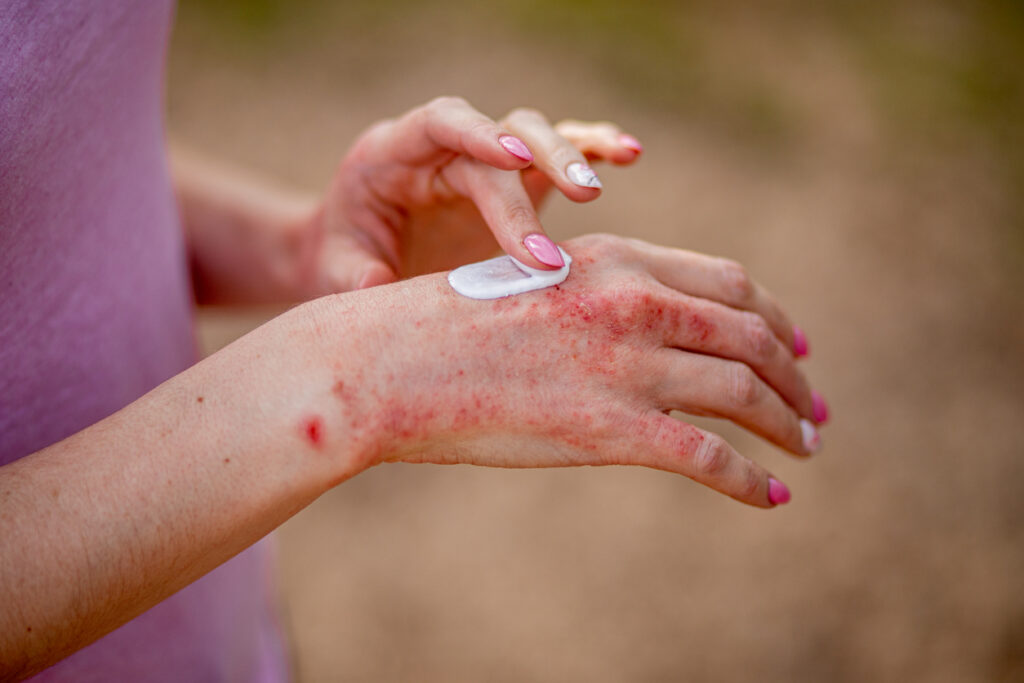Patch testing is the gold standard for diagnosing allergic contact dermatitis, but it is not always clinically practical or actionable in chronic hand eczema (CHE).
This is the main takeaway message from a new report in Dermatology & Therapy.
Many CHE patients present with mixed or unclear etiologies and real-world barriers, which limits the utility of patch testing. Given the emergence of targeted therapies addressing CHE immunopathogenesis, balancing traditional diagnostic approaches, such as patch testing, with early and effective treatment is increasingly necessary, the study authors write.
“We propose a stepwise, patient-centered management strategy that prioritizes early treatment—particularly with newer, emerging agents like delgocitinib cream—while reserving patch testing for select high-suspicion or refractory cases,” conclude study authors who were led by Raj Chovatiya, MD, PhD, Founder and Director of the Center for Medical Dermatology and Immunology Research in Chicago, IL. “Clinicians should not delay escalation to targeted therapy while awaiting patch test results; instead, they should initiate proper treatment and reassess based on response.”
This strategy combines selective testing and patient-focused decision-making with early therapeutic intervention.
There are, however, times when patch testing is helpful in CHE, including in patients with:
- Clear exposure histories to known allergens,
- Refractory CHE
- Atopic dermatitis (AD) and CHE
- Occupational hand eczema
- Recurrent disease
- Flares, despite initial treatment success,
- Overlapping dermatitis types such as allergic contact dermatitis, irritant contact dermatitis, or atopic hand eczema


